
Villa Benkemoun (AIT 4.2020)
Feeling like James Bond just for once and reside in a futuristic-looking, extravagant villa with a pool not far from the French Mediterranean coast? If this is a so far unfulfilled dream of yours, it can now come true at Villa Benkemoun in Arles in the South of France. Journalist Brigitte Benkemoun has appreciated the qualities of her parents' house, which was designed by Emile Sala in 1972, restored it with painstaking care and attention to detail and now lets holidaymakers share in the joy of the outcome.
Read full article
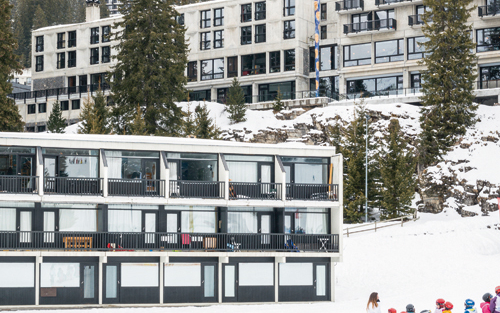

Ressort Flaine (AIT 3.2021)
The Flaine ski resort designed by Marcel Breuer in the French Alps between 1960 and 1979 makes the hearts of winter-sport fans and design lovers beat faster too this day. The architecture journalist Kristina Raderschad has visited for us the total work of art planned on the drawing board. The night was spent in the listed Hotel Terminal Neige – Le Totem which, ever since the interior has been refurbished by the Paris R Architecture office, is to attract a young, international clientele above all.
Read full article
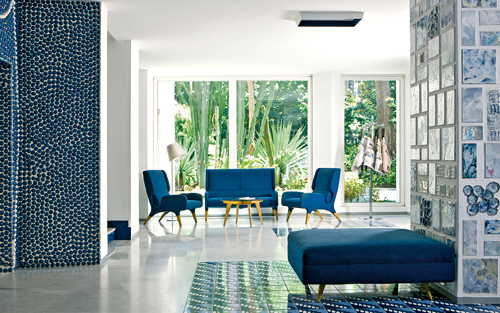

Parco dei Principi (AIT 10.2020)
For tourism in the Sorrento area, it was a blessing that the old master of Italian modernist architecture Gio Ponti (1891-1979) took an interest in an unfinished building in English-gothic style. Instead of completing the summer residence of Czar Nicholas II, Ponti radically reconceived the building and placed the first design hotel with five-star standards into and on top of the tuff cliffs. In 1962, the Hotel Parco dei Principi was opened as a homage to the 1960s and, to this day, it has not lost any of its charm.
Read full article
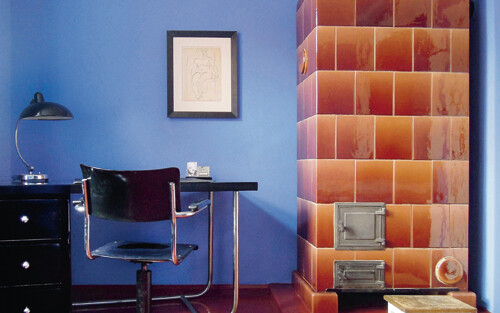

Tautes Heim (AIT 11.2021)
The house in the south of Berlin called Tautes Heim by its owners Katrin Lesser and Ben Buschfeld is architectural and design history one can touch. In Bruno Taut’s design refurbished from 2010 to 2012, visitors can go on a little time journey, rent it for a few days and immerse themselves in the architecture avantgarde of the 1920s. An innovative exhibition concept which still succeeds in making guests and specialists enthusiastic even after almost ten years and that has already brought the project numerous awards.
Read full article


Light, Air, Sun (AIT 12.2025)
When Aino and Alvar Aalto were commissioned in 1929 to design the sanatorium in Paimio, Finland, there was still no effective medicine against tuberculosis. Although penicillin had just been discovered, its effect on tuberculosis had not yet been researched – so the focus was on rest cures, fresh air and, even then, “healing architecture”. Built between 1930 and 1933, the sanatorium followed these principles Parts of it can still be visited today, with some rooms available for overnight stays.
Read full article
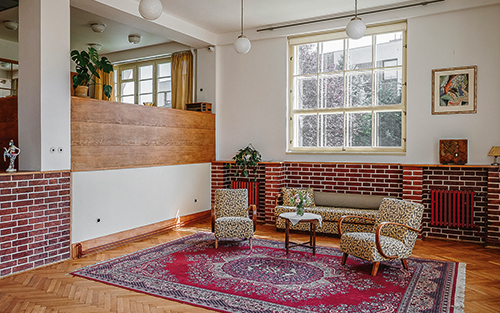

Zuhause sein (AIT 1/2.2024)
Villa Winternitz is the last work of Adolf Loos and his Czech partner Karel Lhota. The property is also a testimony to the chequered European history during the last century. The Winternitz family were only allowed to use their house for ten years before they were deported and could not return to the villa. Great-grandson David Cysar is fulfilling a legacy: today the villa is open to the public as a house museum with a broad cultural programme for everybody. If you like, you can even spend the night here.
Read full article
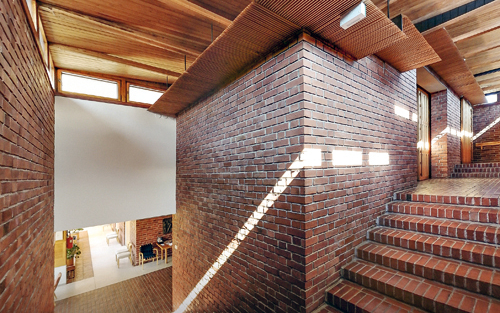

Town Hall Säynätsalo (AIT 5.2023)
The town hall of the small central-Finland town of Säynätsalo is considered one of Alvar Aalto’s key works. Nestled in a pine grove, the red brick ensemble sits enthroned like a fortress in the centre of the island of the same name – a dreamlike place Aalto himself affectionately called the “Tahiti of Lake Päijänne”. For a few years now, it has been possible to stay overnight in the former flats. And until autumn 2023, the Alvar Aalto Museum of Jyväskylä will be housed there. Good reasons for Hendrik Bohle to check in.
Read full article
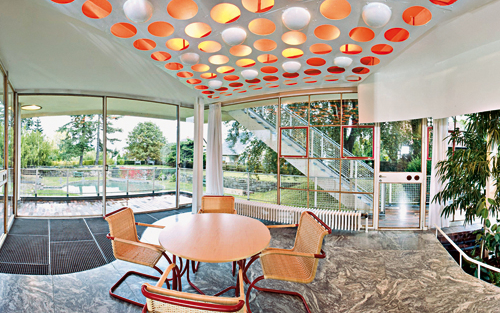

The Schminke House (AIT 6.2022)
The Schminke House is one of four outstanding examples of the Neues Bauen and the International Style movements worldwide. It ranks in importance alongside Mies van der Rohe’s Villa Tugendhat in Brno, Le Corbusier’s Villa Savoye in Poissy near Paris and Frank Lloyd Wright’s Fallingwater, originally called Kaufmann House, in Mill Run, Pennsylvania – houses that were tailored precisely to the needs of their owners and incorporate the surrounding nature most impressively. Today, anyone can rent the Schminke House in Löbau.
Read full article
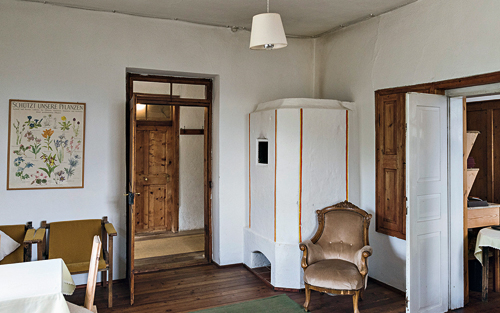

Briol (AIT 6.2021)
An unusual place with an equally unusual (family) history: at the end of the 1920s, Johanna Settari, widow and mother of then eleven children, together with her son-in-law, the Austrian painter Hubert Lanzinger, laid the foundation for an unprecedented history of hospitality that continues to this day — to the fourth generation. Those who have once felt the silence and simplicity, the symbiosis between landscape, architecture and people, keep coming back. Just like our author and architect Daniela Keck.
Read full article
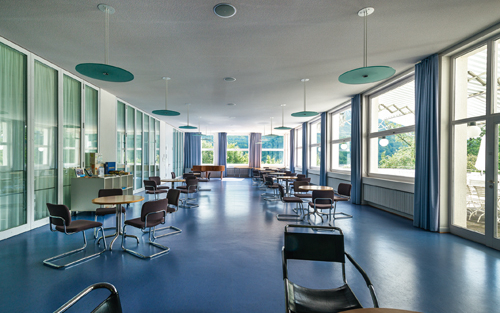

House on the Alb (AIT 5.2021)
In the time between the construction of the Stuttgart Weissenhofsiedlung and the takeover by the National Socialists, a surprisingly modern building was constructed close to Urach in 1929 which has successfully
weathered the course of time. Planned as a rest home for commercial employees, the four-part building designed by Adolf Gustav Schneck looks deliberately unpretentious. 64 small, functionally equipped apartments and a wide sun terrace offer magnificent views of the Swabian Alb. Everything strives towards light, air and sun.
Read full article
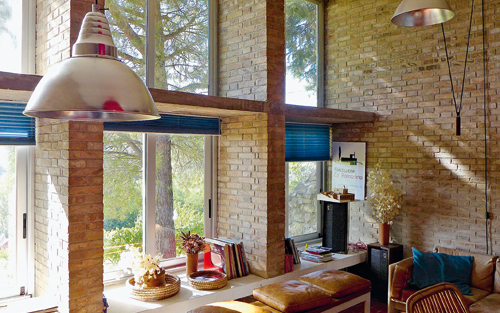

Ca' Romanino (AIT 12 | 2019)
In 1968, the Italian architect Giancarlo de Carlo (1919-2005) built a weekend home on a vineyard near Urbino for a friendly couple. De Carlo was a founding member of the legendary Team X and, together with Peter Smithson, is considered one of the main representatives of New Brutalism and critical regionalism. For some years now, it has been possible to visit the vineyard house, the Ca' Romanino. Dr. Uwe Bresan has set off for the Italian Marche region on the occasion of the architect's 100th birthday.
Read full article


Villa Garbald (AIT 10 | 2019)
This summer, Dr. Uwe Bresan accompanied architecture students from the University of Stuttgart to a writing seminar taking place at Villa Garbald in Castasegna, Switzerland. The complex was built in the 1860s according to plans by Gottfried Semper (1803-1879). Since its renovation and expansion by the Baselbased architects Miller & Maranta, it has served as a study and seminar centre. Our colleague used the stay to explore the history and architecture of the ensemble of the new and the old.
Read full article
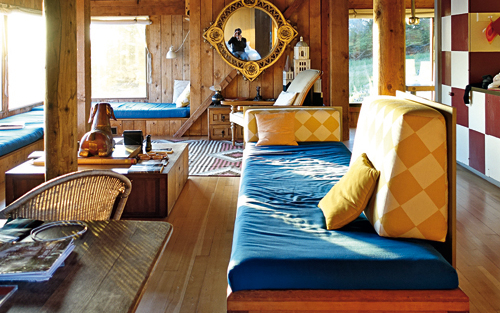

Sea Ranch (AIT 07/08 | 2019)
The Sea Ranch is an icon of American architecture! The residential complex on the Californian Pacific coast is associated with the countercultural movements of the 1960s like hardly any other building of its time. Almost overnight, it made the architects Charles Moore, Donlyn Lyndon, William Turnbull and Richard Whitaker famous. Charles Moore lived in one of the units until he died in 1993. Today, the so-called Condo #9 is available for rent. Sonja Nagel and Jan Theissen stayed there last spring!
Read full article
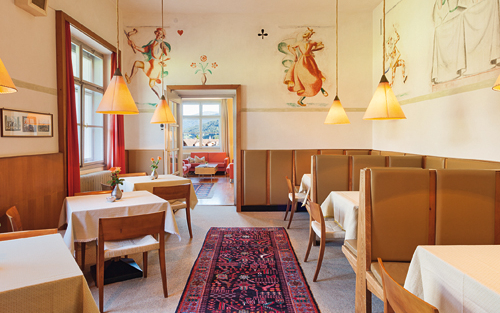

Tre Cime (AIT 06 | 2019)
In 1929, Drei Zinnen Hotel was built in Sexten, South Tyrol, at an altitude of 1,345 metres and surrounded by the peaks of the Dolomites. Clemens Holzmeister, father figure of 20th-century Austrian architecture, had been commissioned with this project through his brother, the community physician of Sexten. In architectural history, the building is still regarded as a lesson for modern architecture in alpine regions. Architect Michael Ragaller from Stuttgart recently stayed in the hotel and reports about his visit.
Read full article
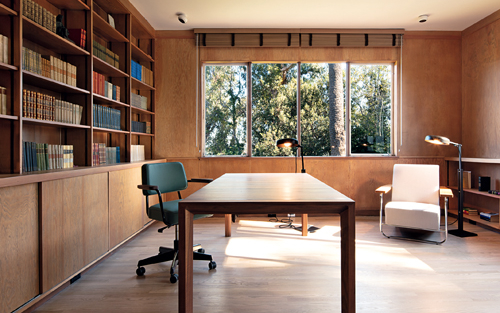

Thomas-Mann-House (AIT 03 | 2019)
The red carpet was rolled out last summer when the Thomas-Mann-House was reopened in Los Angeles as a residence for intellectuals from the German Federal Republic. The architectural historian Dr Lilian Pfaff has been living in Los Angeles since 2007 and is currently working on a book about the building’s architect, Julius Ralph Davidson. She takes us back to the time when the German writer went into exile with his family to the USA and commissions Davidson to build him a resdence in the style of Californian modernism.
Read full article
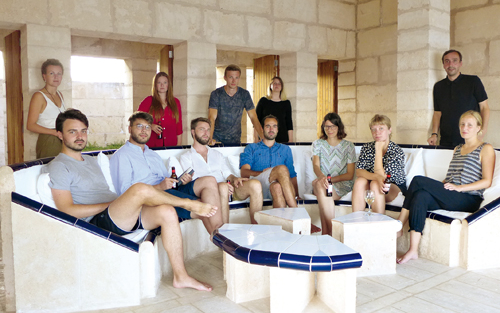

Can Lis - House (AIT 12 | 2018)
For a week, Uwe Bresan followed students from the University of Stuttgart during their “Über Architektur schreiben” summer course. The setting was Can Lis, the home of Jørn Utzon completed on Mallorca in 1971. This is where the world-renowned architect, who would have been 100 this year, retreated to full of disappointment when, at the end of the 1960s, he was no longer the chief architect of the Sydney Opera due to disputes about its costs and construction time. The house is said to be Utzon’s secret masterpiece.
Read full article


Lunuganga (AIT 11 | 2018)
Architectural journalist Katharina Matzig from Munich has followed the traces of Geoffrey Bawa in Sri Lanka. He is regarded as the inventor of Tropical Modernism. Matzig spent the night at Bawa's posthumously completed hotel resort Anantara Kalutara. And she drank tea in Lunuganga, the architect's former country residence. Since Bawa's death, the country house together with the large garden can be visited. In addition, the complex has six spacious guest rooms and is run as a country hotel.
Read full article
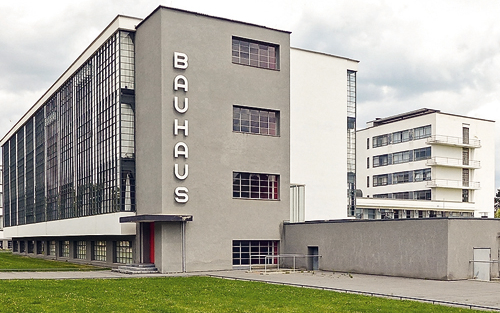

Bauhaus Dessau (AIT 10 | 2018)
The Staatliches Bauhaus was founded in Weimar on 1st April 1919. Headed by Walter Gropius, the school set out to give the 20th century a new face. To this day, the Bauhaus works shape our concept of the modern age and our ideas of modernity. Before the 100th anniversary of the “most famous art school of the world” will be celebrated in 2019, we went to Dessau. This is where the school moved into its world-famous new building in 1926. We spent one night in the former workshop wing for our “Living in Icons” section.
Read full article


Baltic health spa (AIT 09 | 2018)
Near south beach of Fehmarn stands one of the latest works by the exceptional Danish architect and designer Arne Jacobsen. The construction of the Baltic health spa celebrates its 50th anniversary in 2018. The facility disputed. Yet, despite the conversions and “amputations”, the architecture by Jacobsen and Otto Weitling is still fine, rich in details and airy. As a total artwork, it is substantially endangered. The architecture journalist Hendrik Bohle checked into one of the highrise hotel buildings to get an impression of the holiday resort.
Read full article
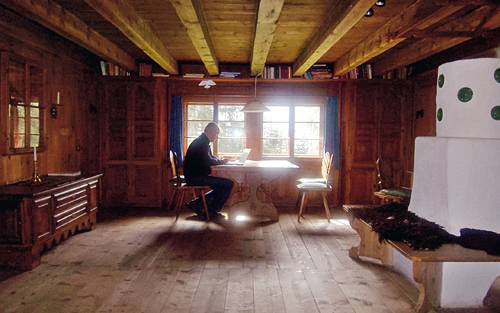

Lärchenhof (AIT 06 | 2018)
As a professor at the technical university in Stuttgart, Paul Schmitthenner (1884–1972) was among the most influential personalities of German architecture in the first half of the 20th century. In addition, he was above all famous for his garden-city plans and his numerous residential buildings in the South German region. In 1932, Schmitthenner designed a holiday home in Tyrol for himself which until today sits enthroned in a lonely mountain meadow above the town of Imst. Uwe Bresan repeatedly visited it during the past years.
Read full article
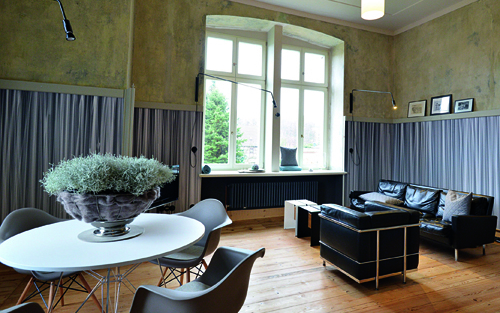

Van de Velde (AIT 01/02 | 2018)
Closely experiencing architecture icons and actually living in them – this is now possible in Schloss Lauterbach designed by Henry van de Velde: “Wohnung Gretl” recently completed on the mezzanine floor in the west wing of the castle in Neukirchen is in fact the finale of more than 13 years of renovation work. After it had been fundamentally converted between 1907 and 1909 by the Belgian architect, over the past years Claus Lämmle from Büroplasz has breathed new life in the spirit of van de Velde into a holiday apartment as well.





